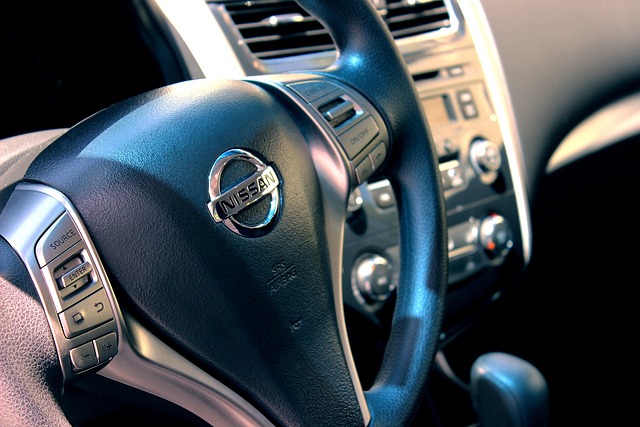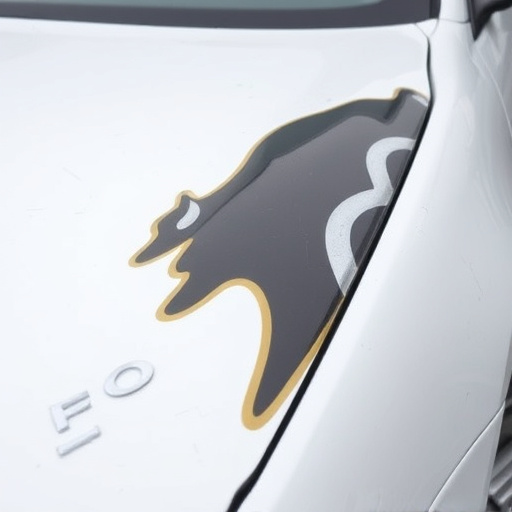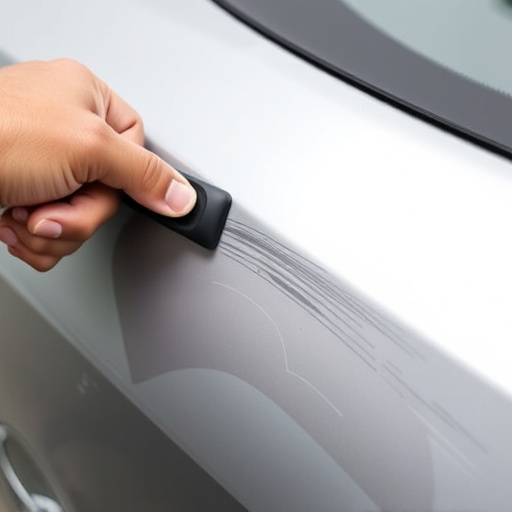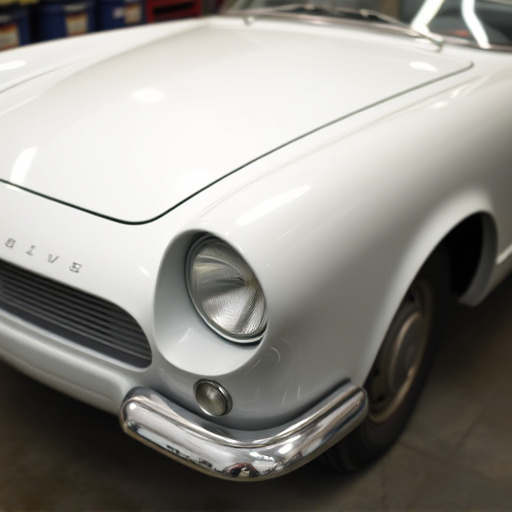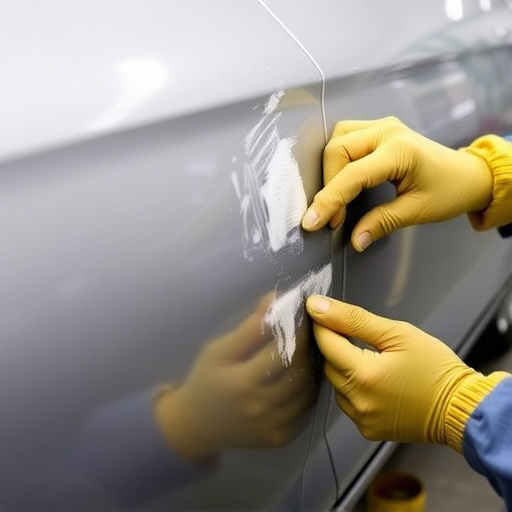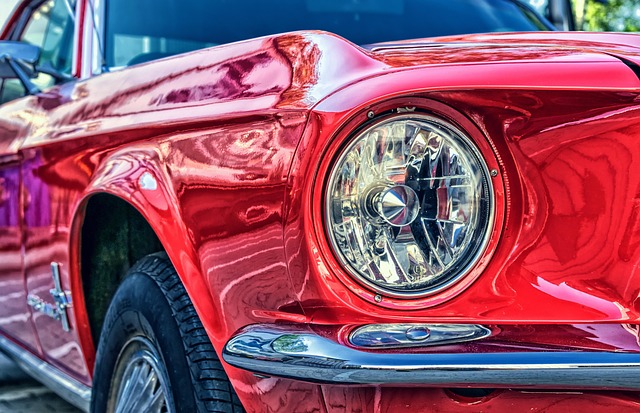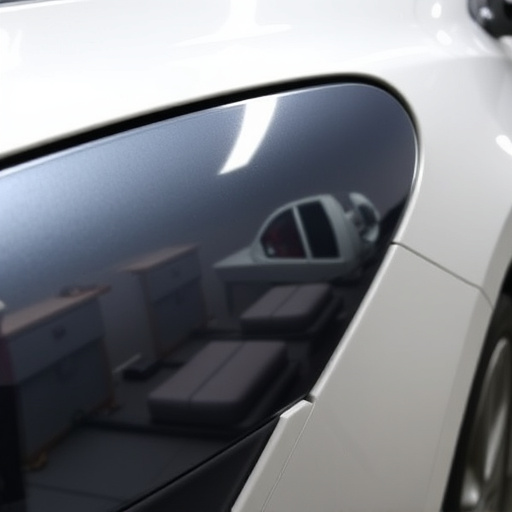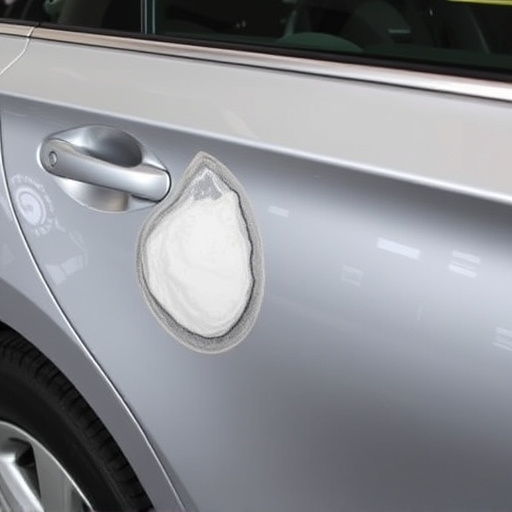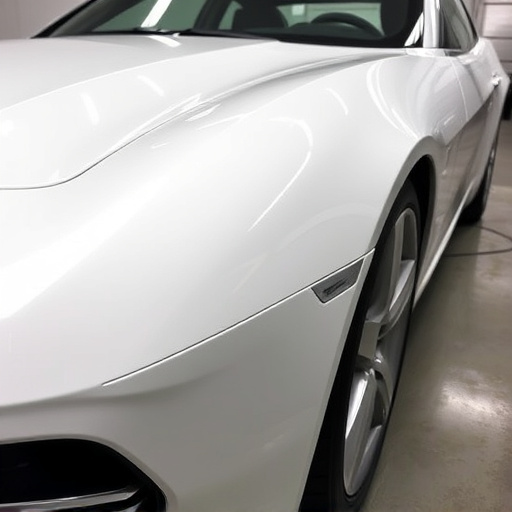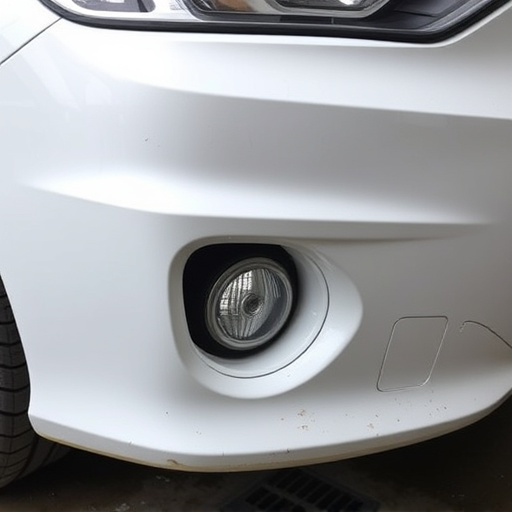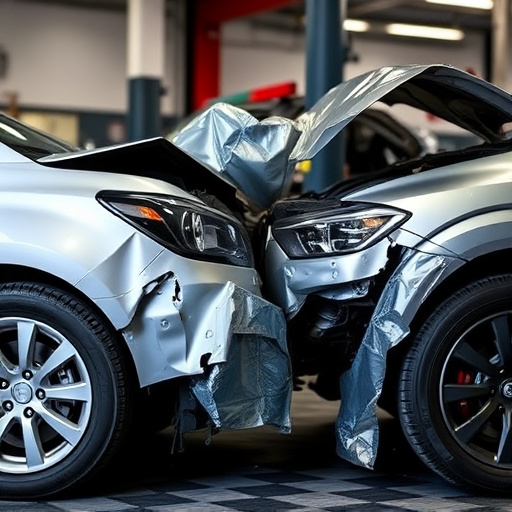Waterborne paint technology is a game-changer in automotive repairs and restoration, offering eco-friendly benefits like reduced volatile organic compounds (VOCs) and faster drying times. Its advantages include superior coverage, low odor, precise color matching, and durable finishes. This technology simplifies application and cleanup, enhances aesthetic appeal, and allows for intricate designs, streamlining processes and improving overall vehicle quality with faster turnaround times.
Waterborne paint technology is transforming the coatings industry, offering superior performance and environmental benefits. This innovative approach to painting involves binding pigments and resins with water as a solvent, resulting in low-VOC emissions and improved durability. In this article, we explore the inner workings of waterborne paint composition, uncover its numerous advantages, and delve into application techniques that enhance paint quality, ensuring long-lasting, vibrant finishes.
- Understanding Waterborne Paint Composition
- Advantages of Waterborne Paint Technology
- Enhancing Paint Quality through Application Techniques
Understanding Waterborne Paint Composition
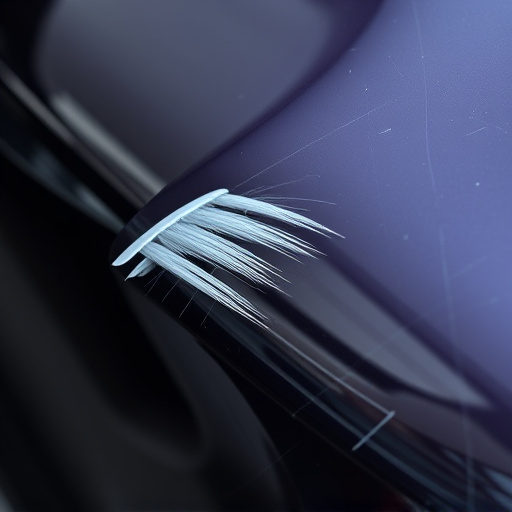
Waterborne paint technology has revolutionized the automotive and coating industries with its advanced composition and eco-friendly nature. Unlike traditional solvent-based paints, waterborne paints are formulated using water as a carrier instead of volatile organic compounds (VOCs). This shift in composition brings numerous benefits to both manufacturers and consumers. The primary components of waterborne paint include pigment, resin, surfactants, and various additives, all suspended in water. These materials work together to create a smooth, durable finish that is not only aesthetically pleasing but also environmentally friendly.
In the context of auto glass repair, auto body repair, and vehicle collision repair, waterborne paint technology offers significant advantages. The water-based formula ensures faster drying times, reducing the overall repair process. Moreover, its low odor and reduced VOC content make it safer for workers in repair shops, aligning with modern health and safety standards. Additionally, waterborne paints provide excellent coverage, hiding imperfections effectively, which is crucial for achieving a high-quality finish on vehicles after collision repairs.
Advantages of Waterborne Paint Technology
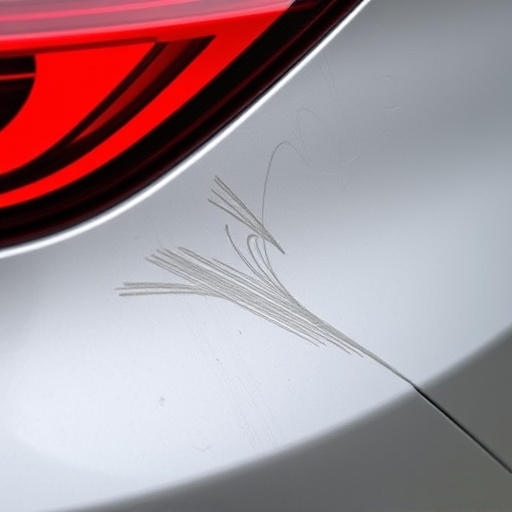
Waterborne paint technology offers numerous advantages over traditional solvent-based paints, making it a preferred choice for many industries, including automotive repairs and vehicle restoration. One of its key benefits is the significant reduction in harmful volatile organic compounds (VOCs) emissions. This eco-friendly aspect not only contributes to better air quality but also ensures safer working conditions in car repair shops and during car body repair processes.
Moreover, waterborne paints provide superior coverage and a more even finish. They adhere well to various surfaces, making them ideal for both interior and exterior applications. In vehicle restoration projects, this technology allows for precise color matching and creates a durable, glossy finish that enhances the overall aesthetic appeal. Additionally, waterborne paint is easier to apply and clean up, streamlining the painting process and potentially reducing costs in the long run, especially in professional car body repair services.
Enhancing Paint Quality through Application Techniques
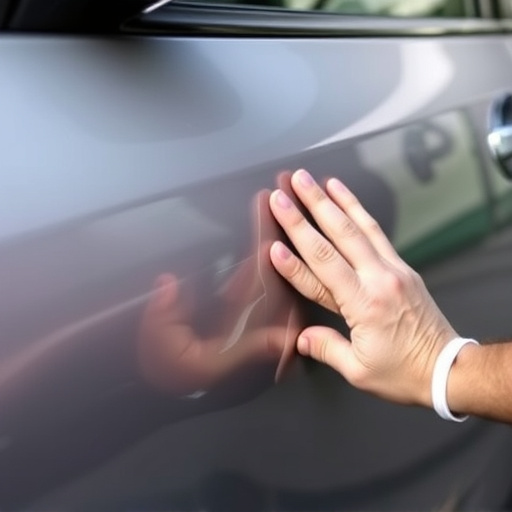
The application technique plays a pivotal role in determining the final quality of the paint job. Waterborne paint technology has revolutionized this process by offering more precise and controlled methods for application. Unlike traditional paints, waterborne formulations are easily thinned with water, making them suitable for advanced spray painting techniques. This allows for even and smooth coats, minimizing drips and runs that can compromise aesthetics.
In the context of car restoration and paint repair, this technology enables intricate designs and seamless finishes. Frame straightening becomes more efficient as waterborne paints adhere well to prepared surfaces, ensuring better coverage and reduced chance of peeling or chipping. This advanced application has not only enhanced the quality of finished cars but also contributed to faster turnaround times in auto body shops, catering to modern demands for quick and reliable repairs.
Waterborne paint technology represents a significant advancement in the coatings industry, offering improved environmental friendliness and superior paint quality. By understanding its composition, leveraging its advantages, and mastering application techniques, professionals can achieve exceptional finishes that meet modern standards. This innovative technology continues to revolutionize painting processes, ensuring durable and aesthetically pleasing results.
